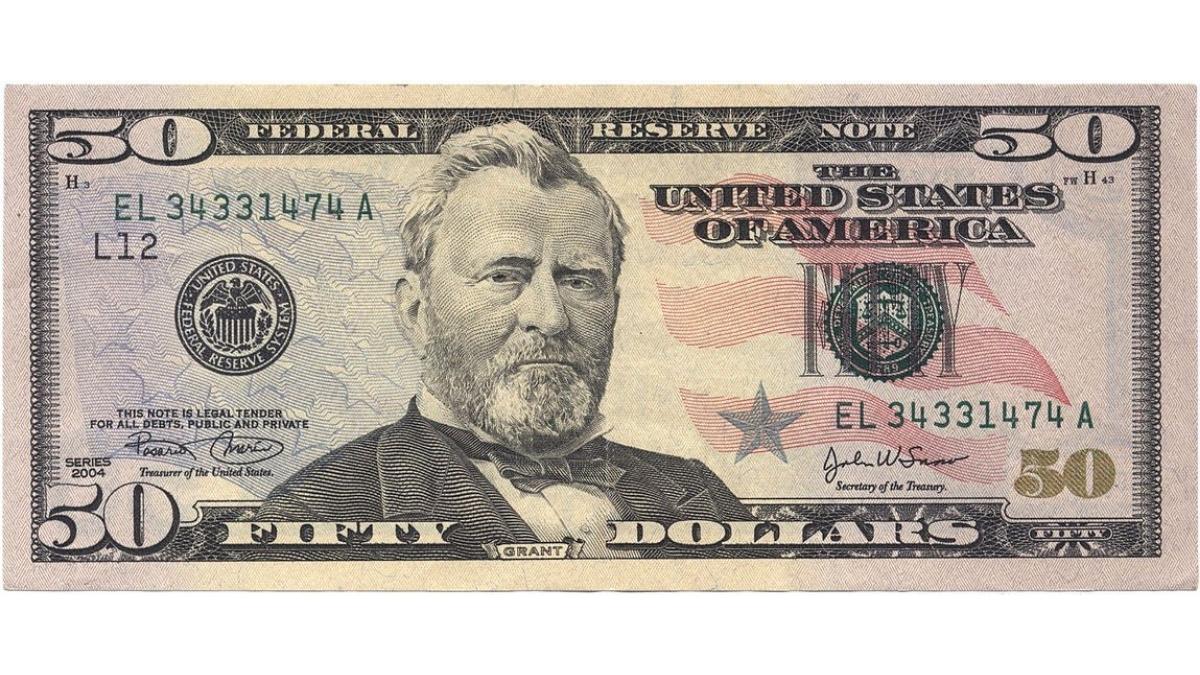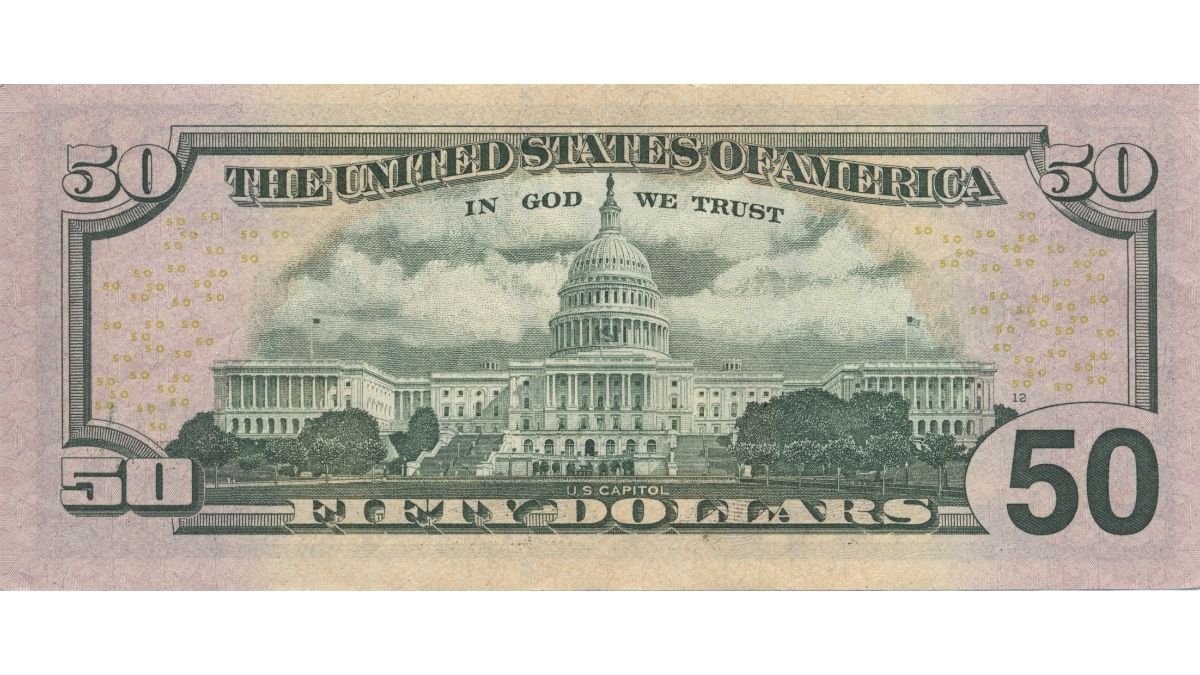Have you ever thought about who is on the 50 dollar bill or why certain people are chosen to be on our money? The face on the $50 bill, Ulysses S. Grant, is often of interest, even though names like Washington and Franklin are common. The U.S. Bureau of Engraving and Printing says that putting the former general and 18th U.S. President in this spot honors people who have done a lot for the country. Grant, whose picture was first put on this denomination in 1914, was very important during the Civil War and the Reconstruction Era.
Choosing Grant as the president of the fifty-dollar bill honors a person who played a key role in keeping the United States together and bringing it back together. Also, security features are always being added to modern US banknotes. The next design of the $50 note is set to come out around 2028.
| Feature | Description |
| Denomination | United States Fifty-Dollar Bill (US$50) |
| Obverse (Front) | Portrait of Ulysses S. Grant, 18th U.S. President |
| Reverse (Back) | Vignette of the U.S. Capitol Building |
| First Issued (Grant's Portrait) | 1914 (Federal Reserve Note) |
| Current Design Series | Series 2004 to Present |
| Lifespan | Approximately 9 years |
| Composition | 75% Cotton, 25% Linen |
Find Out - Who is on the $1 Bill? Check History and Secret Symbols You Never Noticed
Who is on the $50 Bill?
Ulysses S. Grant (1822–1885) is the main person on the front of the current $50 bill. He was the president of the fifty-dollar bill, so his picture is one of the most famous on U.S. money.
Grant's importance extends beyond his two presidential terms (1869–1877). He is best known as the Commanding General of the United States Army for leading the Union forces to victory over the Confederacy in the American Civil War. He is a pivotal figure in American history, as he played a crucial role in saving the Union and served as president during the Reconstruction period.
Some old $50 bills had pictures of people like Henry Clay or Benjamin Franklin on them. Grant has been the standard for the small-sized Federal Reserve Note since 1914.

Must Read - List of 7 US Currency Denominations still in Circulation
Why is Ulysses S. Grant on the 50 Dollar Bill
Choosing Ulysses S. Grant for the $50 bill is a way to honor how much he changed the country. He was chosen mostly because he was a great military leader and president during the hardest time in U.S. history.
-
Military Heroism: His strategic leadership was key to the Union's victory in the Civil War, which kept the United States together.
-
National Unity: After the war, he worked to bring the country back together and make sure that the rights of people who had been slaves during Reconstruction were protected.
-
Historical Precedent: Grant was already famous before 1928, when modern currency standards were set. His picture was on different notes. This made him the "grandfather" of the president who made the $50 bill. The design honors what he did both on and off the battlefield.
Symbols on the $50 Bill
Beyond the portrait, the $50 note contains numerous symbols on the 50-dollar bill that are both historical tributes and modern security features.
Front (Obverse)
The Portrait: Ulysses S. Grant, the fifty-dollar bill president.
Treasury Seal: To the right of the portrait, a green seal representing the U.S. Department of the Treasury.
Federal Reserve System Seal: To the left of the portrait, indicating the issuing Federal Reserve Bank.
Back (Reverse)
The U.S. Capitol Building: A detailed engraving of the west front of the Capitol, where the country's lawmakers meet.
Big Number 50: The "50" in the lower right corner is big and easy to read. It was added in the 1990s to help people with low vision.

Do You Know Who is on the 2 Dollar Bill? Check History, Symbols, and Facts
The $50 bill is more than just a means of exchange; it's a small piece of history. Featuring Ulysses S. Grant, the note honors his pivotal service as a general and the fifty dollar bill President. Coupled with modern security features like the watermark and color-shifting ink, the us banknote remains a secure and powerful symbol of American heritage.
Comments
All Comments (0)
Join the conversation